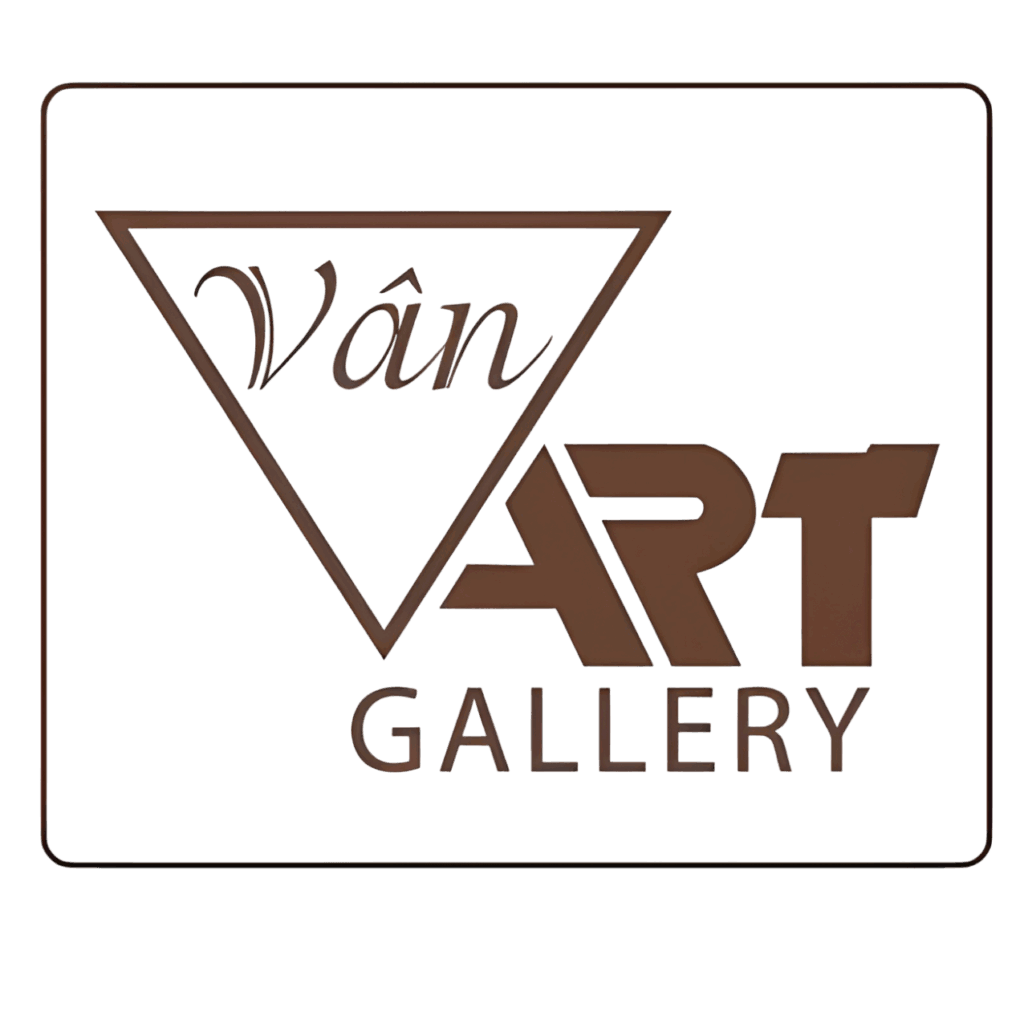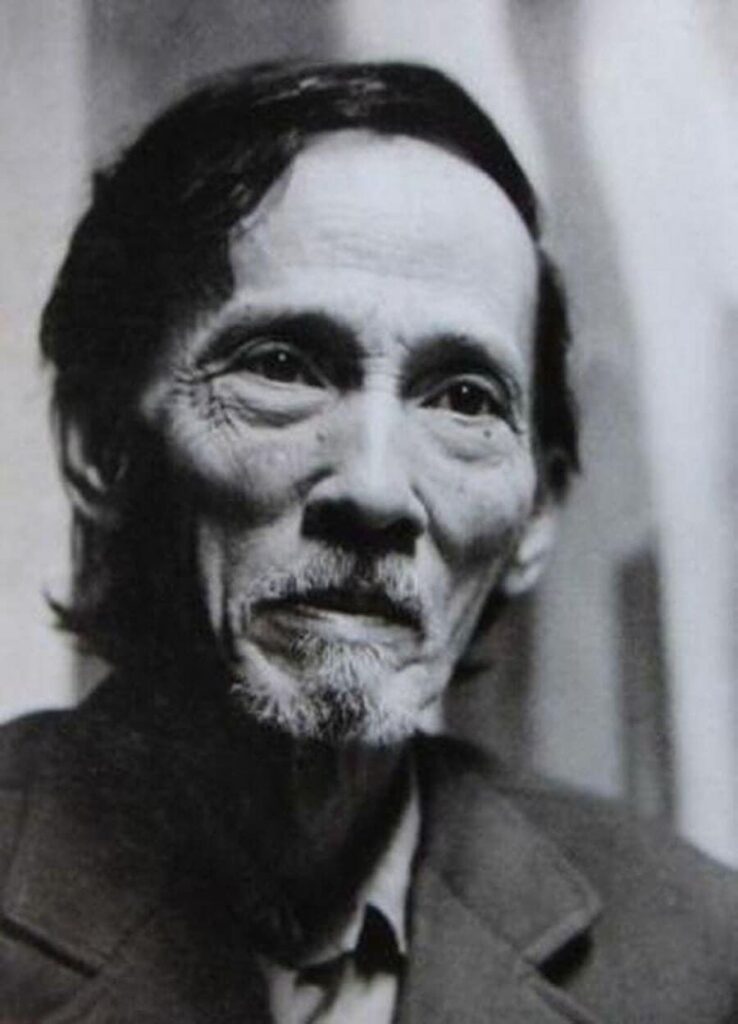Bùi Xuân Phái: Master of Hanoi’s Old Quarter
Bùi Xuân Phái is one of the towering figures in modern Vietnamese art, renowned for his masterful depictions of Hanoi’s Old Quarter through evocative brushstrokes. Born and raised in the heart of the capital, he dedicated his life to capturing the nostalgic, timeless beauty of its ancient streets, creating the iconic “Phố Phái” (Phái’s Streets) series. This article explores his life, career, and enduring legacy, shedding light on his contributions to Vietnam art galleries.
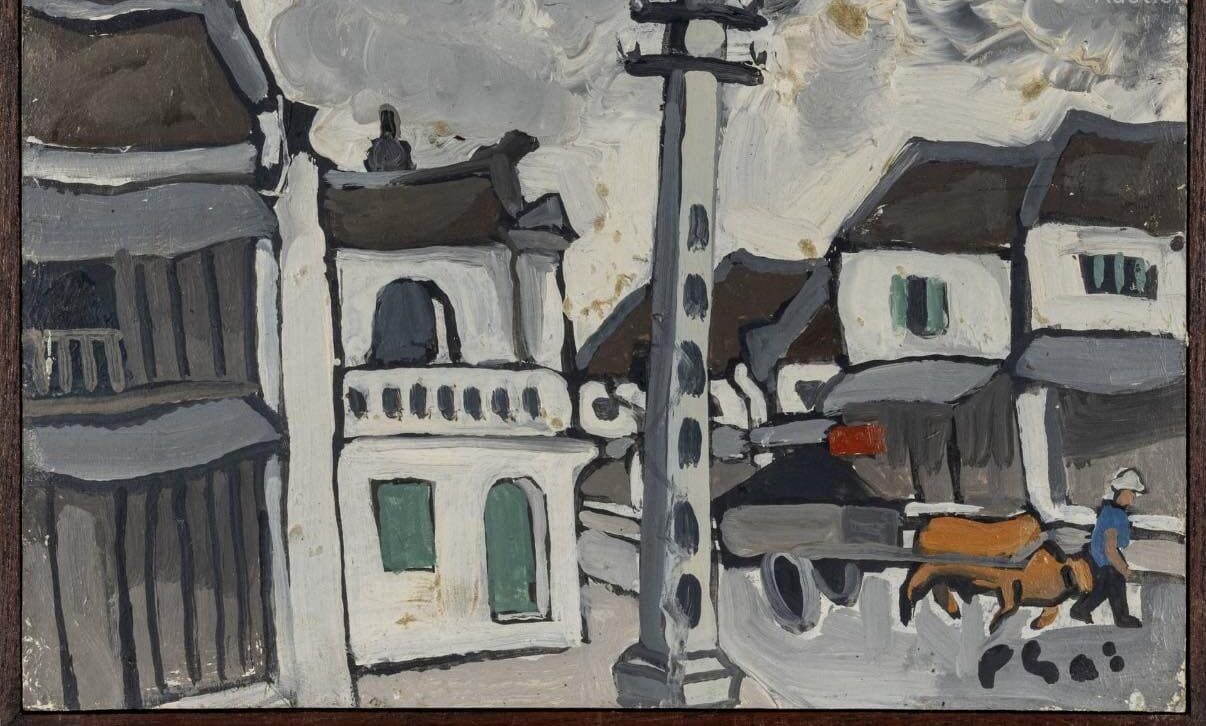
Biography of Bùi Xuân Phái: From Village Roots to Nostalgic Capital
Bùi Xuân Phái was born on September 1, 1920, in Kim Hoàng village, Vân Canh commune, Hoài Đức district, Hà Đông province (now part of Hanoi). Kim Hoàng was known for its traditional folk woodblock printing, likely sparking his early passion for art. Raised in a middle-class family, he grew up on Hàng Thiếc Street before settling at 87 Thuốc Bắc Street, where he lived until his passing. The labyrinthine alleys and moss-covered roofs of Hanoi’s Old Quarter became an endless source of inspiration for his work.
From a young age, Bùi Xuân Phái displayed artistic talent. He studied at the Indochina School of Fine Arts (now Vietnam University of Fine Arts) from 1941 to 1945, under renowned instructors like Joseph Inguimberty and Tô Ngọc Vân. As part of the school’s final class during French colonial rule, he trained alongside luminaries like Nguyễn Sáng, Nguyễn Tư Nghiêm, and Dương Bích Liên. However, the 1945 Japanese-French conflict forced the school to close, preventing his official graduation.
Following the 1945 August Revolution, Bùi Xuân Phái joined the resistance against French colonialism, relocating to provinces like Thanh Hóa. He created propaganda art, illustrated for newspapers, and participated in exhibitions. In 1952, he returned to Hanoi with his family, settling at 87 Thuốc Bắc Street. This period was marked by financial struggles, as he supported himself through painting, book illustrations, and manual labor.
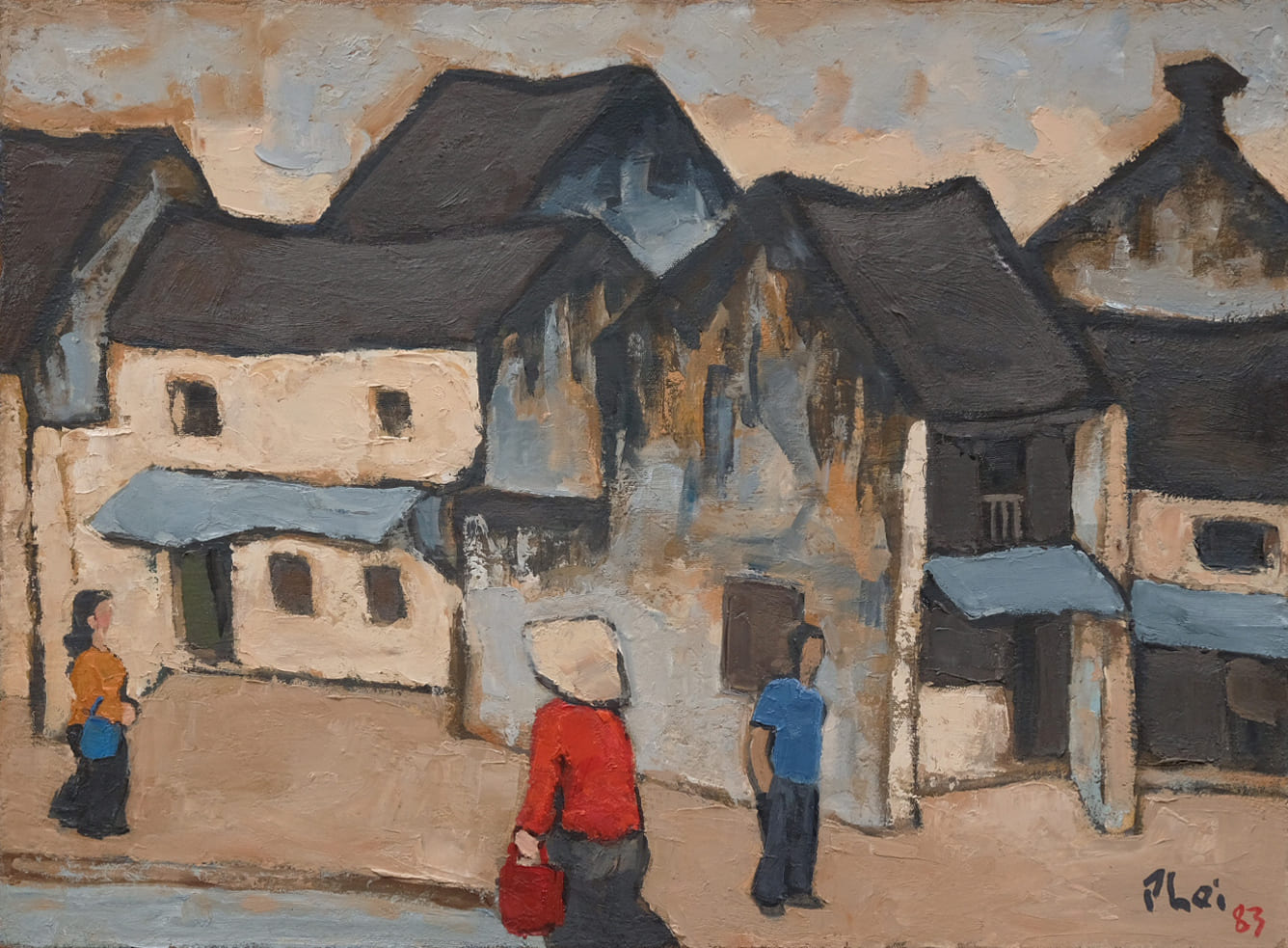
A significant event in Bùi Xuân Phái’s biography was the Nhân Văn – Giai Phẩm movement (1956–1957), where he supported artistic freedom. This led to his dismissal from teaching at the Hanoi Fine Arts School and forced labor at a Nam Định carpentry workshop. Despite these hardships, he used whatever materials were available—newspapers, cigarette pack linings—to create thousands of works. He passed away on June 24, 1988, in Hanoi from lung cancer, at age 67.
Career of Bùi Xuân Phái: From Resistance to Master of Oil Painting
Bùi Xuân Phái’s nearly half-century career was defined by perseverance and an unwavering passion for art amid historical upheavals. He gained recognition in 1946 with an award at the National Fine Arts Exhibition. During the resistance, he painted Hanoi scenes, even sending works to a Tokyo exhibition, where he won a prize.
After 1952, Bùi Xuân Phái focused on Hanoi’s Old Quarter. He taught at the Hanoi Fine Arts School from 1956 to 1957, but following the Nhân Văn – Giai Phẩm incident, he was banned from public exhibitions until 1984. Despite this, he continued creating, painting streets, traditional opera (chèo), portraits, and still lifes. His first and only solo exhibition in Hanoi in 1984 was a resounding success, with 24 paintings sold on opening day.
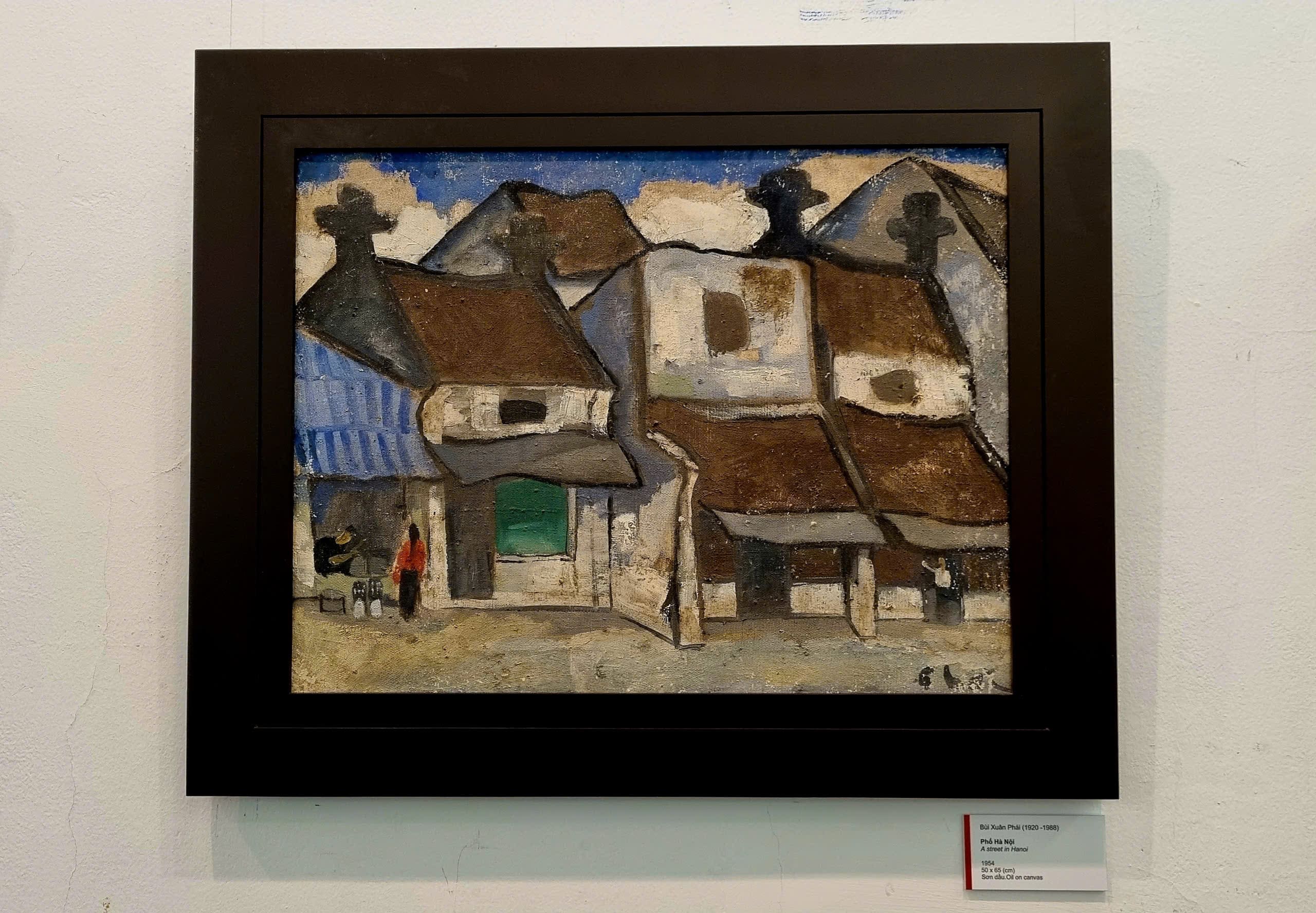
As one of the “four pillars” of modern Vietnamese art (Nghiêm, Liên, Sáng, Phái), Bùi Xuân Phái excelled in oil painting while mastering watercolor, pastel, and charcoal. He also illustrated newspapers and designed book covers, notably winning an international award in 1982 for Hề Chèo. His career was not just about painting but about preserving Vietnam’s cultural heritage through art.
Challenges in Bùi Xuân Phái’s Career
Bùi Xuân Phái faced significant obstacles. After 1957, restrictions forced him to sell paintings discreetly to survive. Yet, these challenges shaped his poignant, nostalgic, and humanistic style. He once said, “I don’t paint streets to depict reality but to tell stories of people and their times.”
Notable Works of Bùi Xuân Phái: From Old Quarter to Folk Opera
Bùi Xuân Phái’s works are diverse, but his Hanoi Old Quarter paintings, known as “Phố Phái,” are his most iconic. These works not only capture landscapes but also evoke a melancholic sense of time’s passage.
Here are some of his standout pieces:
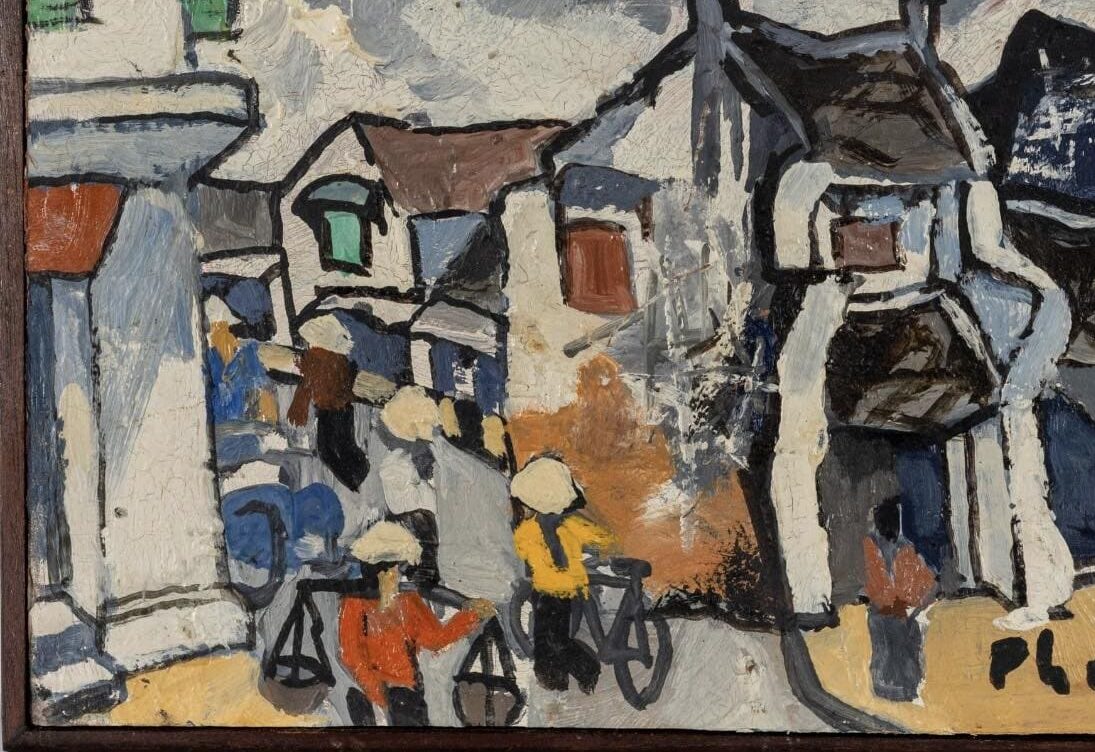
- Phố Cổ Hà Nội (Oil, 1972): Depicts an ancient Hanoi street with curved tiled roofs and simple shops, steeped in nostalgic hues.
- Hà Nội Kháng Chiến (Oil, 1966): Reflects the resistance era, capturing Hanoi’s streets amid wartime resilience.
- Xe Bò Trong Phố Cổ (Oil, 1972): Portrays daily life with an ox cart weaving through narrow alleys, evoking urban intimacy.
- Phố Vắng (Oil, 1981): Conveys solitude, with quiet streets under twilight’s glow.
Beyond Hanoi’s Old Quarter, Bùi Xuân Phái was renowned for his paintings of traditional chèo opera, capturing the vibrancy of Vietnam’s folk theater. Notable works include:
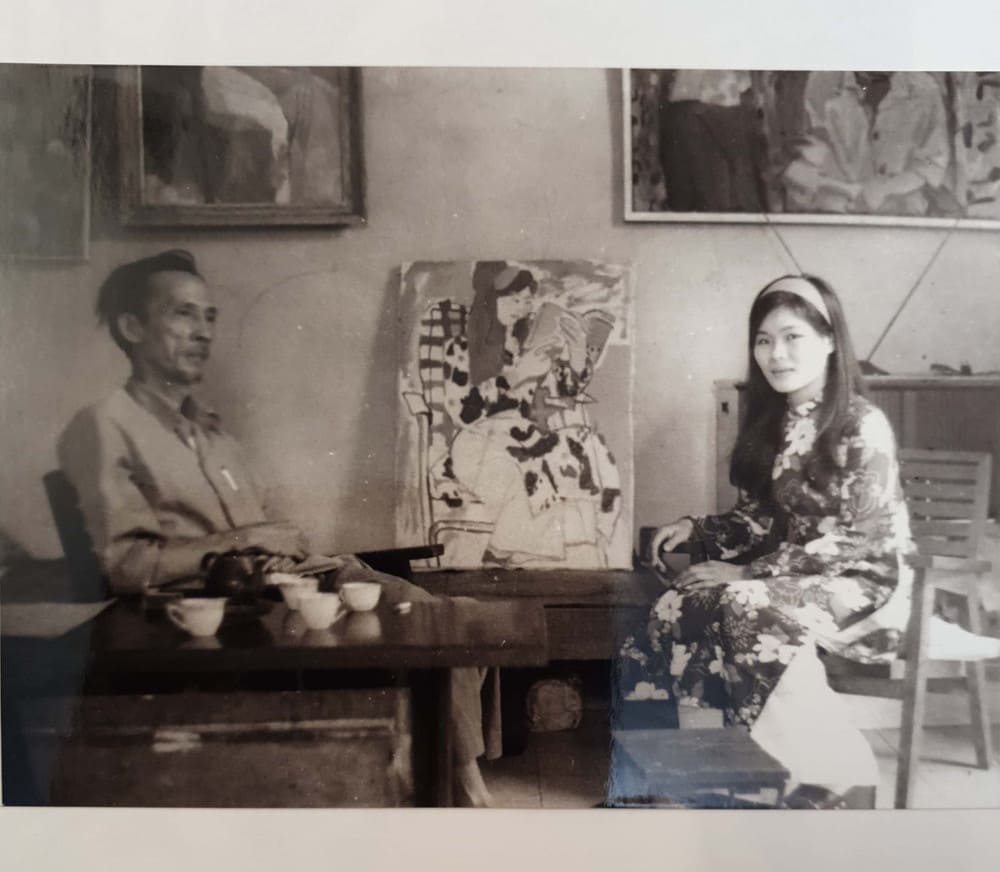
- Hóa Trang Sân Khấu Chèo (Oil, 1968): Depicts backstage opera preparations, brimming with humor and charm.
- Vợ Chồng Chèo (Oil, 1967): Portrays a chèo performer couple, celebrating Vietnam’s cultural heritage.
- Sân Khấu Chèo (Oil, 1968): Captures the lively stage with characters like the comic jester and leading lady.
He also painted portraits, nudes, and still lifes, often inspired by friends, family, and models. His 1960s nudes depict Vietnamese women with natural, sensual, yet refined poses.
Significance of Bùi Xuân Phái’s Notable Works
Bùi Xuân Phái’s works are not only visually striking but also rich in meaning, preserving Hanoi’s past and reflecting societal emotions. Today, his paintings are widely collected, though forgeries pose a challenge.
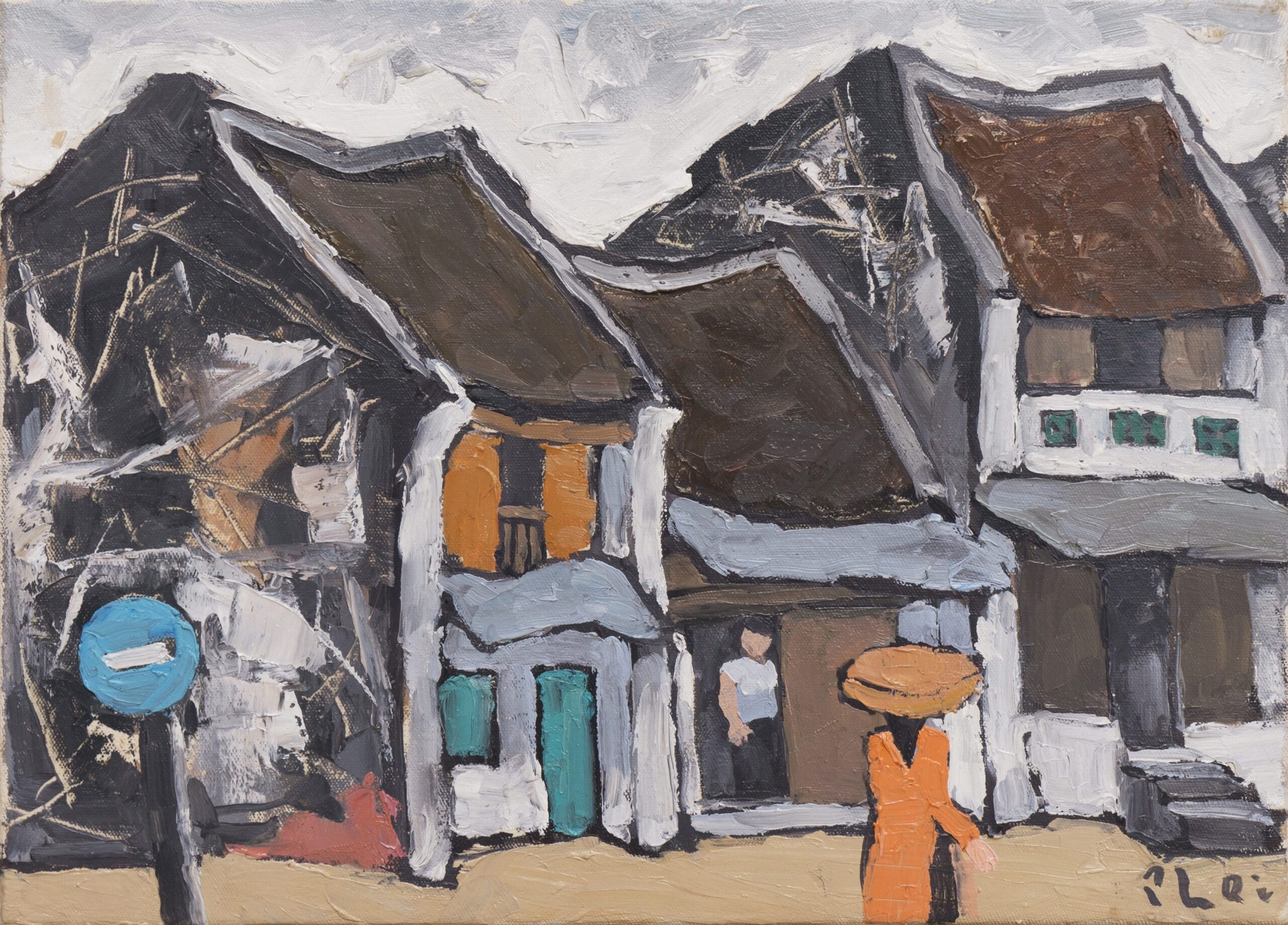
Artistic Style of Bùi Xuân Phái: Blending Tradition and Realism
Bùi Xuân Phái’s artistic style is distinctive, merging realism with nostalgia. He used bold color blocks and defined outlines to create depth. In his Old Quarter paintings, he focused on the soul of the streets—melancholy and the passage of time—rather than mere details.
Influenced by the Indochina School of Fine Arts, he infused Vietnamese folk elements, particularly in his chèo opera paintings, which are stylized and playful, mirroring the spirit of chèo theater. He once remarked, “I paint to preserve what is gradually fading away.”
Impact of Bùi Xuân Phái’s Style on Modern Vietnamese Art
Bùi Xuân Phái’s style profoundly shaped modern Vietnamese art, proving that art could transcend political constraints to endure and inspire.
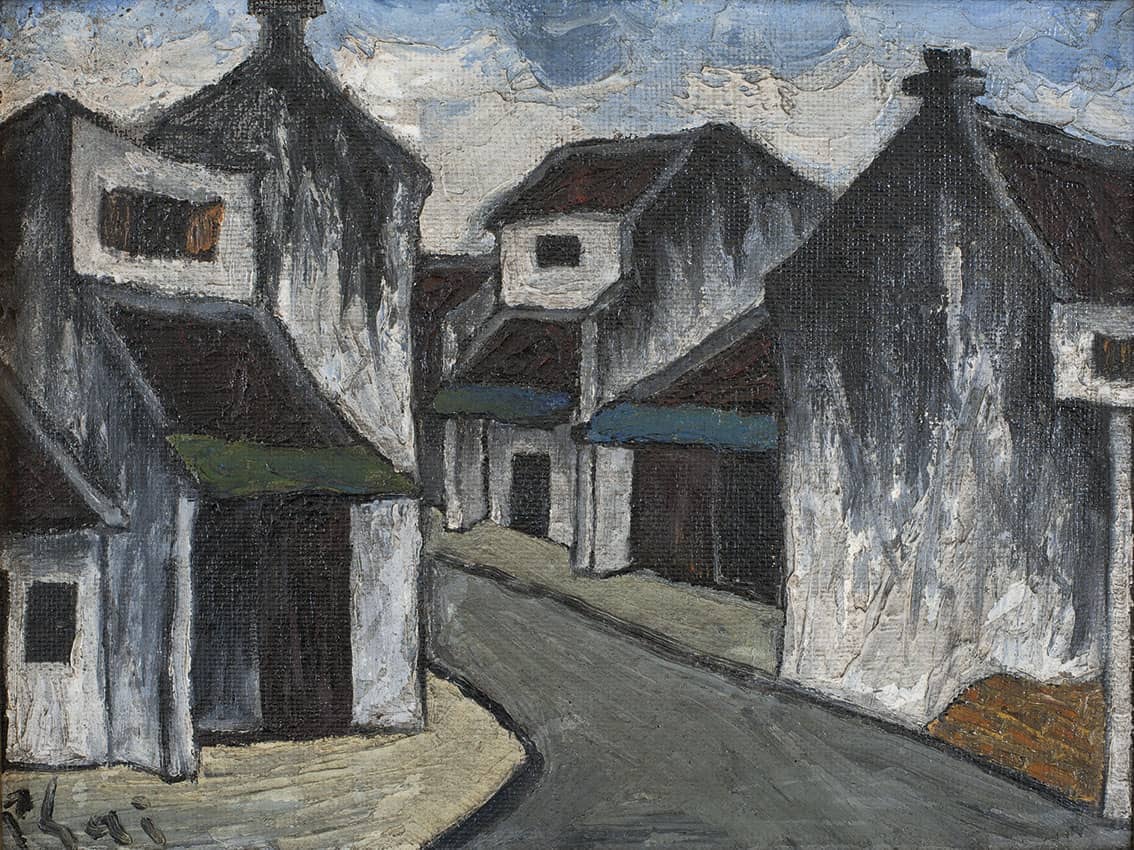
Bùi Xuân Phái Awards: Recognition and Lasting Legacy
Bùi Xuân Phái’s talent was recognized through numerous accolades:
- National Fine Arts Exhibition Awards (1946, 1980).
- Capital Fine Arts Awards (1969, 1981, 1983, 1984).
- Leipzig Graphics Award (Germany).
- Hồ Chí Minh Award for Literature and Arts (1996, posthumous).
His legacy lives on through streets named after him in Hanoi, Quảng Bình, and Đà Nẵng. In 2019, Google Doodle honored him on his 99th birthday, recognizing him as one of Southeast Asia’s most celebrated 20th-century artists.
Bùi Xuân Phái was not only an artist but also a cultural guardian. His legacy reminds us to cherish the past through his masterful depictions of Hanoi’s Old Quarter.
